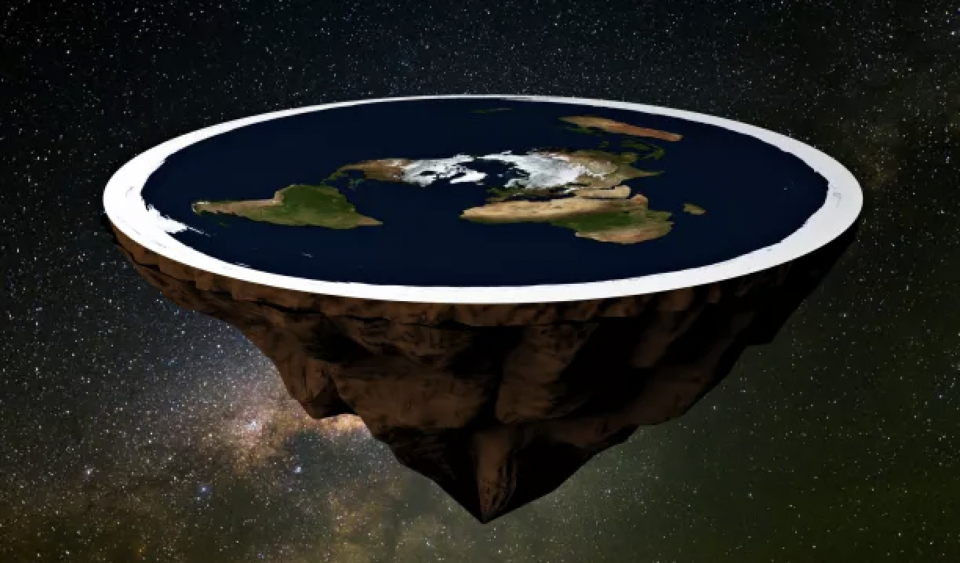As the spring equinox approaches, scheduled for March 20th, the sun is poised to shine directly upon Earth’s equator, heralding the official arrival of spring in the northern hemisphere. During this moment, the duration of both day and night is nearly equal across the world. However, for the flat-Earth community, this astronomical phenomenon poses a perplexing challenge. For those who insist the Earth is flat, without the tilting of the planet’s axis, which causes seasonal changes, the equinox presents a perplexing riddle. In this alternative worldview, the concept of sunrise and sunset becomes problematic, as sunlight supposedly bathes the entire flat surface of the Earth continuously.
Flat-Earth adherents have endeavored to provide explanations for these conundrums, which require rejecting millennia of established scientific knowledge. They depict the Earth as a flat disc, with the North Pole at its center, encircled by a colossal ice wall known as Antarctica. The equator forms a ring-like corridor between these two features. According to their most popular models, during the equinox, the sun follows a perfect circular path around the equator. Nevertheless, to account for the equal lengths of day and night, their models introduce some intriguing alterations to the sun’s characteristics and behavior.
In this alternate perspective, the sun is not the colossal, distant ball of blazing gas located 93 million miles (150 million kilometers) away, as established by conventional science. Instead, it’s envisioned as a minuscule spotlight hovering just above the flat Earth. Samuel Birley Rowbotham, an early proponent of flat-Earth theory, proposed that the sun has a diameter of merely 32 miles (52 km) and hovers at altitudes ranging from 400 to 700 miles (640 to 1,130 km) above the Earth, depending on the time of year. Some contemporary flat-Earth adherents assert the sun is around 3,000 miles (5,000 km) above the Earth, but the basic concept remains similar to Rowbotham’s. In this framework, the sun’s light is confined to a limited area, behaving like a spotlight on the Earth.
According to this interpretation, the changing seasons are governed by the diameter of the sun’s circular path. During June, the sun circles closest to the North Pole, spiraling outward over the next six months before reversing course in December, spiraling inward again. During the equinoxes in spring and autumn, the sun traces a perfect loop around the equator, casting light on half of the flat Earth at any given time, thus explaining the seasons.
However, these explanations face considerable challenges. For instance, if the sun circled 3,000 miles (5,000 km) above a flat Earth, it would never truly “set” even at the southernmost latitudes. Furthermore, the sun appears to rise due east and set due west everywhere on Earth except at the poles during an equinox. On a flat Earth, where some locations are substantially farther from the sun than others, sunlight would need to bend at numerous angles simultaneously to maintain this apparent east-to-west path. This requirement defies physics and has not been reconciled in any flat-Earth model. Nevertheless, the flat-Earth community persists in its attempts to address these issues, fueled by the intrigue of uncertainty and the allure of conspiracy theories.

